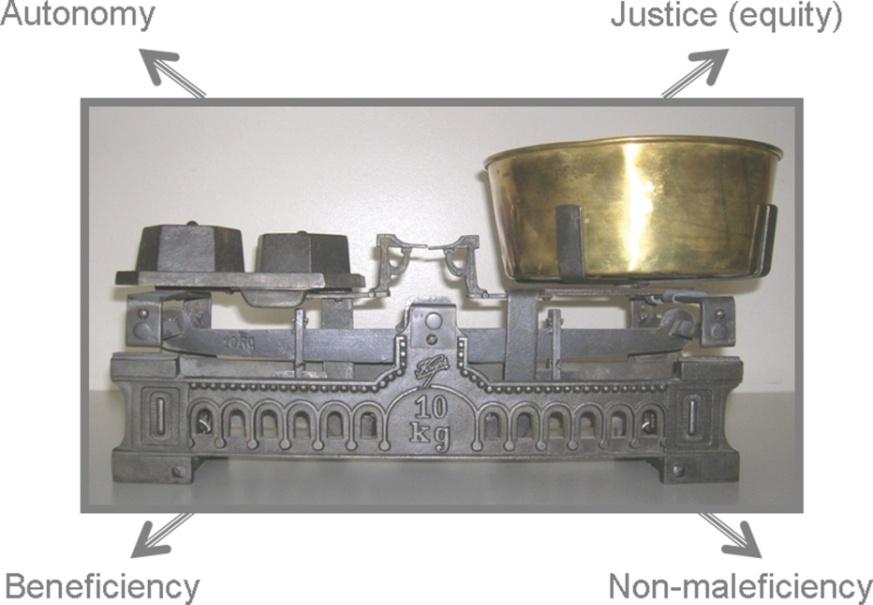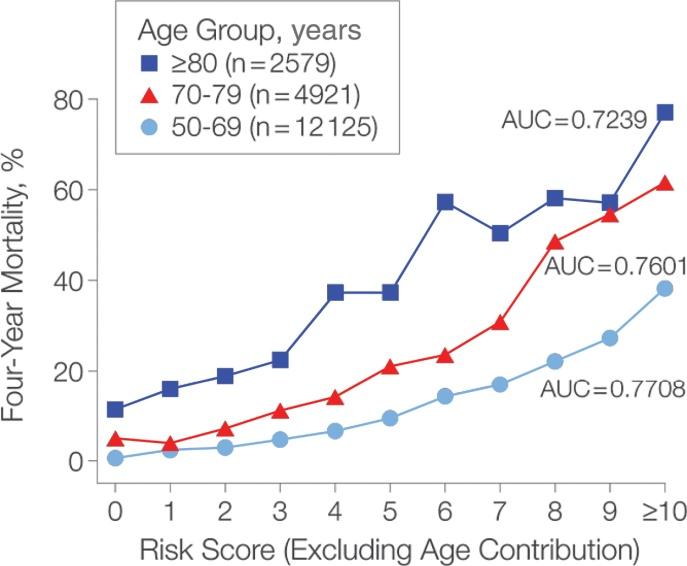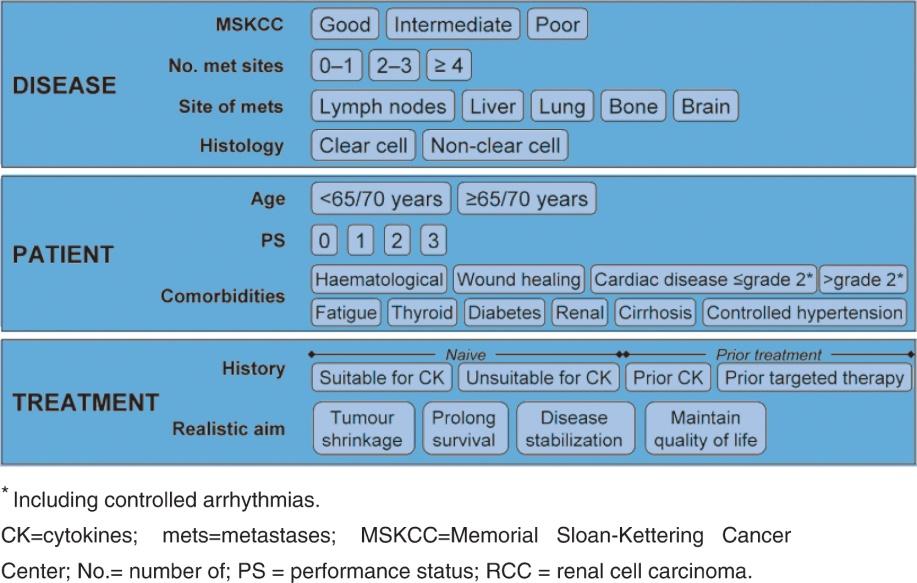
4 minute read
Ovarian Cancer, Fallopian Tube Cancer, and Primary Peritoneal Cancer
Stage II
Stage II consists of a tumour of any size with extension to adjacent perineal structures (one-third of lower urethra, one-third of lower vagina, anus) without lymph node involvement.
Advertisement
Treatment is similar to that for stage IB.
Stage III
Stage III encompasses a tumour of any size with or without extension to adjacent perineal structures (one-third of lower urethra, one-third of lower vagina, anus) with involvement of inguinofemoral lymph nodes.
Stage III can be divided into the following:
• IIIA: (i) one or two lymph node metastasis(es) (<5.0 mm) or (ii) one lymph node metastasis (≥5.0 mm) • IIIB: (i) three or more lymph node metastases (<5.0 mm) or (ii) two or more lymph node metastases (≥5.0 mm) • IIIC: positive lymph nodes with extracapsular spread
The treatment should be individualised. In selected patients, radical vulvectomy with bilateral inguinofemoral lymphadenectomy is indicated, which is sometimes preceded by neoadjuvant chemotherapy and postoperative radiotherapy. All other patients should be treated by definitive chemoradiation.
Stage IV
In stage IV the tumour invades other regional (two-thirds of upper urethra, two-thirds of upper vagina) or distant structures.
It can be divided into the following:
• IVA: Tumour invades any of the following: (i) upper urethral and/or vaginal mucosa, bladder mucosa, rectal mucosa, or fixed to pelvic bone or (ii) fixed or ulcerated inguinofemoral lymph nodes. Treatment: See stage III. In cases of fistulisation or centralised local disease, an exenteration can be considered. • IVB: Any distant metastasis(es) including pelvic lymph nodes. Treatment consists of palliative chemotherapy (e.g. cisplatin, carboplatin, paclitaxel, or topotecan) and can result in a response in up to 20% of patients.
For staging of ovarian and primary peritoneal cancer, the FIGO 1988 staging system is used, while for fallopian tube cancer, the 1991 system is used. The majority of women
(70%) are diagnosed in an advanced stage (III/IV). The five-year survival for these stages is <50%.
Staging of Ovarian Cancer Stage I: Growth limited to the ovaries • IA Growth limited to one ovary; no ascites present containing malignant cells. No tumour on the external surface; capsule intact. • IB Growth limited to both ovaries; no ascites present containing malignant cells. No tumour on the external surfaces; capsules intact. • IC Tumour either stage IA or IB, but with tumour on the surface of one or both ovaries or with capsule ruptured or with ascites present containing malignant cells or with positive peritoneal washings.
Stage II: Growth involving one or both ovaries with pelvic extension. • IIA Extension and/or metastases to the uterus and/or tubes. • IIB Extension to other pelvic tissues. • IIC Tumour either stage IIA or IIB, but with tumour on the surface of one or both ovaries or with capsule(s) ruptured or with ascites present containing malignant cells or with positive peritoneal washings.
Stage III: Tumour involving one or both ovaries with histologically confirmed peritoneal implants outside implants outside the pelvis and/or positive regional lymph nodes. Superficial liver metastases equals stage III disease. Tumour is limited to the true pelvis, but with histologically proven malignant extension to small bowel or omentum. • IIIA Tumour grossly limited to the true pelvis, with negative nodes but with histologically confirmed microscopic seeding of abdominal peritoneal surfaces or histologically proven extension to the small bowel or mesentery. • IIIB Tumour of one or both ovaries with histologically confirmed implants, peritoneal metastasis of abdominal peritoneal surfaces, not exceeding 2.0 cm in diameter; nodes are negative. • IIIC Peritoneal metastasis beyond the pelvis >2.0 cm in diameter and/ or positive regional lymph nodes.
Stage IV: Growth involving one or both ovaries with distant metastases. If pleural effusion is present, there must be positive cytology to allot a case to stage IV. Parenchymal liver metastasis equals stage IV disease. Staging of the Cancer of the Fallopian Tube Stage 0: Carcinoma in situ (limited to tubal mucosa). Stage I: Growth limited to the fallopian tubes. • IA Growth is limited to one tube, with extension into the submucosa and/or and/or muscularis but not penetrating the serosal surface; no ascites. • IB Growth is limited to both tubes, with extension into the submucosa and/or muscularis but not penetrating the serosal surface; no ascites. • IC Tumour either stage IA of IB, but with tumour extension through or into the tubal serosa or with ascites present containing malignant cells or without positive peritoneal washings.
Stage II: Growth involving one or both fallopian tubes with pelvic extension. • IIA Extension and/or metastasis to the uterus and/or ovaries. • IIB Extension to other pelvic tissues. • IIC Tumour either stage IIA of IIB and with ascites present containing malignant cells or with positive peritoneal washings.
Stage III: Tumour involves one or both fallopian tubes, with peritoneal implants outside the pelvis and/or positive regional lymph nodes. Superficial liver metastasis equals stage III disease. Tumour appears limited to the true pelvis, but with histologically proven malignant extension to the small bowel or omentum. • IIIA Tumour is grossly limited to the true pelvis, with negative nodes, but with histologically confirmed microscopic seeding of abdominal peritoneal surfaces. • IIIB Tumour involving one or both tubes, with histologically confirmed implants of abdominal peritoneal surfaces, none exceeding 2.0 cm in diameter. Lymph nodes are negative. • IIIC Abdominal implants >2.0 cm in diameter and/or positive retroperitoneal or inguinal nodes.
Stage IV: Growth involving one or both fallopian tubes with distant metastases. If pleural effusion is present, there must be positive cytology to categorised as stage IV disease. Parenchymal liver metastases equals stage IV disease. Treatment Borderline Tumours The treatment should only consist of a surgical resection of the tumour and implants. There is no role for lymphadenectomy or adjuvant chemo- or radiotherapy.





